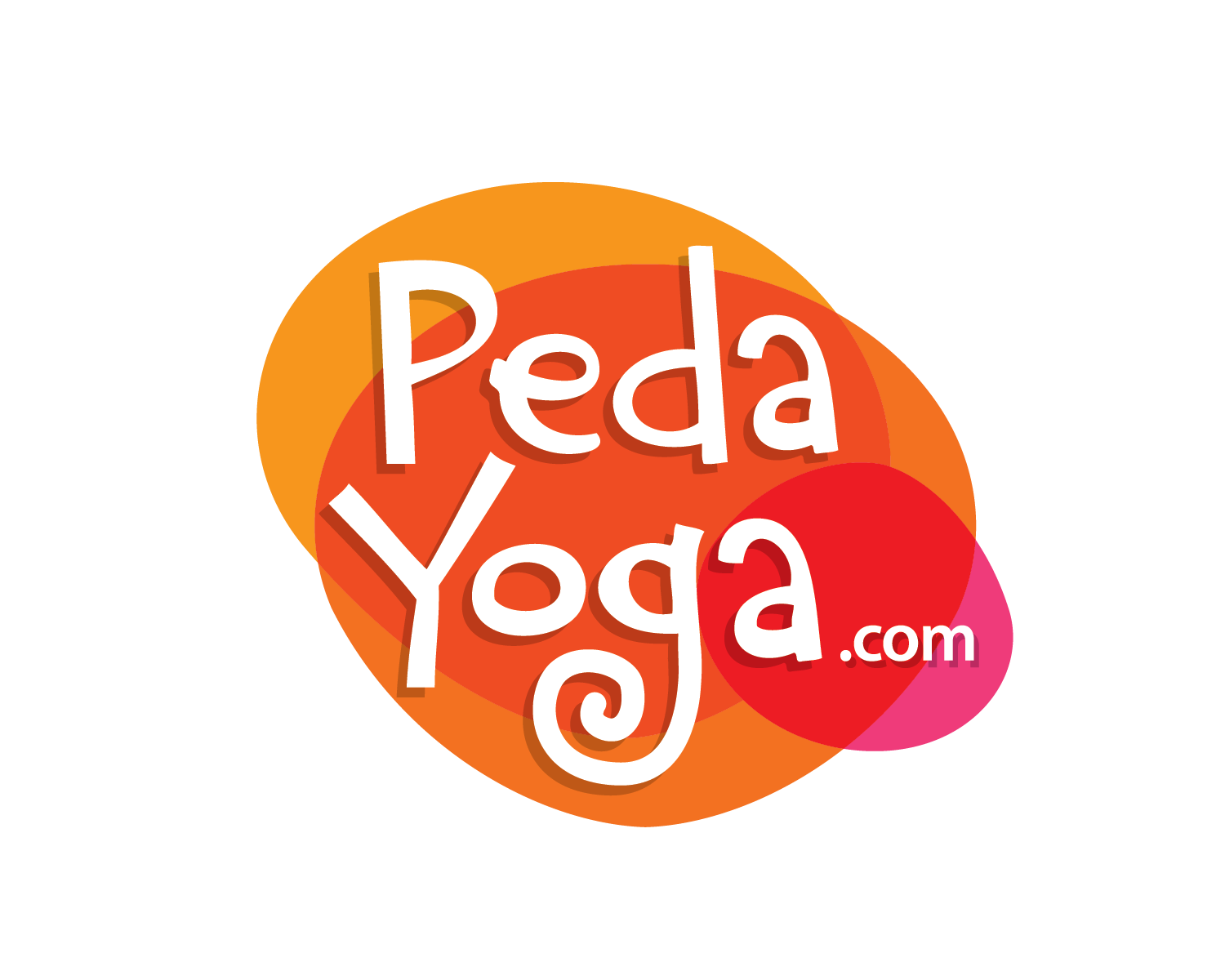💡 The Impact of Gratitude on Kids
Gratitude is a transformative practice that can solve common emotional and mental challenges while promoting well-being. Here’s how:
Supports Emotional Regulation:
Builds Emotional Awareness:
Solves Common Challenges:
Improves Mental Health:
- Encourages happiness and satisfaction with life.
- Reduces stress and anxiety by shifting focus to the positive.
- Cultivates optimism, even in challenging moments.
Supports Emotional Regulation:
- Helps children calm down during moments of frustration or anger.
- Promotes mindfulness, teaching kids to pause and reflect before reacting.
- Replaces negative emotions with appreciation and joy.
Builds Emotional Awareness:
- Encourages kids to recognize and label their emotions.
- Teaches them to express appreciation and kindness toward others.
- Strengthens empathy and improves social relationships.
Solves Common Challenges:
- Tantrums or Outbursts: Shifts focus from frustration to appreciation.
- Low Self-Esteem: Builds confidence by recognizing personal strengths and blessings.
- Social Conflicts: Promotes empathy, helping kids resolve disputes peacefully.
🎮 Gratitude Games to Play in Yoga or During the Day
💡 The Impact of Gratitude on Kids
✨ Categories of Gratitude Kids Can Explore
Teaching kids to think about different categories of gratitude makes the practice more dynamic and fun. Use these during games or mindful reflections:
👨👩👧 People:
Examples: “I’m thankful for my family,” “I appreciate my teacher,” or “I’m grateful for my best friend.”
🌳 Nature:
Examples: “I’m grateful for the sunshine,” “I love the trees outside,” or “I’m thankful for the flowers in the garden.”
🧸 Things:
Examples: “I’m happy for my stuffed animal,” “I appreciate my crayons,” or “I’m thankful for my favorite book.”
😊 Feelings:
Examples: “I feel happy when I play with my friends,” “I’m grateful for feeling safe,” or “I love it when I laugh with my family.”
🏡 Experiences:
Examples: “I’m thankful for my birthday party,” “I loved going to the park,” or “I’m happy we had pancakes for breakfast.”
Encourage kids to explore these categories during yoga poses, mindful breathing, or gratitude journaling.
🌟 Positive Words That Show Gratitude
Introduce kids to simple, positive words that express gratitude and kindness. Teach them to use these words during games or in daily interactions:
- Thankful
- Happy
- Kind
- Appreciate
- Grateful
Example sentences:
- “I am thankful for my toys.”
- “I feel happy when I play with my friends.”
- “I appreciate my teacher for helping me learn.”
🌟 The Ripple Effect of Gratitude
Teaching gratitude to kids doesn’t just solve immediate problems—it creates long-term benefits for their mental health, emotional regulation, and social skills.
By integrating gratitude games into yoga and daily routines, and leveraging the resources in the PedaYoga Training Collection, you equip children with the tools they need to handle challenges, build resilience, and thrive in their environments.
Start today with a simple activity, and watch how quickly kids embrace the habit of gratitude, bringing more joy and mindfulness to their lives! 🌟


